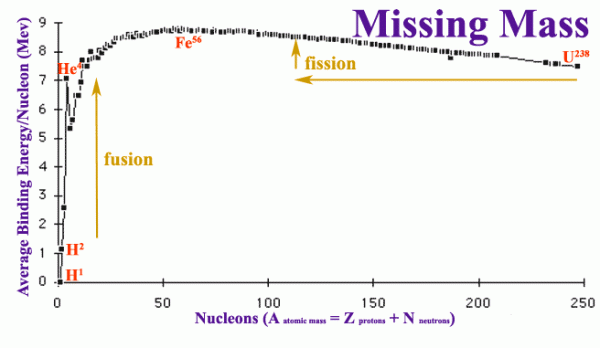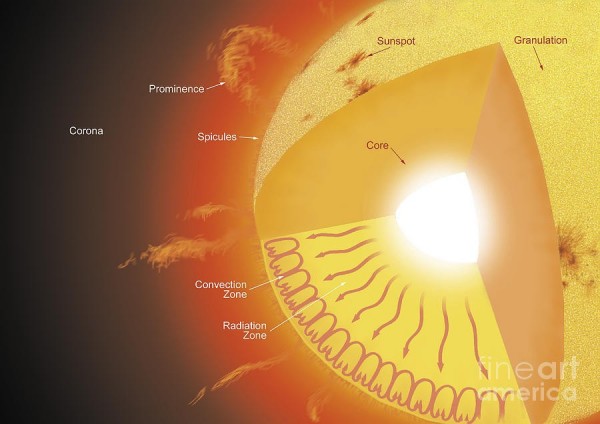“Mr. Burns: Smithers, hand me that ice-cream scoop.
Smithers: Ice-cream scoop?
Mr. Burns: Damn it, Smithers! This isn’t rocket science, it’s brain surgery!” -The Simpsons
I bet you're one of those people who hears a term like "nuclear physics" and thinks that's hard stuff, way over your head. But in many ways, it's the easiest of all physics branches: if you can count protons and neutrons, you can do nuclear physics!
 Image credit: Plasma Physics at University of Helsinki, via http://theory.physics.helsinki.fi/~plasma/lect09/12_Fusion.pdf.
Image credit: Plasma Physics at University of Helsinki, via http://theory.physics.helsinki.fi/~plasma/lect09/12_Fusion.pdf.
Well, nuclear fusion is the process that powers the Sun. But if you think it's just fusing hydrogen into helium, you might be surprised to learn that's not even the most common reaction taking place in the Sun!
 Image credit: Ron Miller of Fine Art America, via http://fineartamerica.com/featured/a-cutaway-view-of-the-sun-ron-miller….
Image credit: Ron Miller of Fine Art America, via http://fineartamerica.com/featured/a-cutaway-view-of-the-sun-ron-miller….
How does the Sun really shine? Find out here.
More like this
My first post after moving the Island to ScienceBlogs was a list of science-themed popular songs.
This guy is brilliant, both as a guitarist and a lyricist.
From NPR's Weekend Edition comes The Origin of Species song by Chris Smither (right around the 7:00 mark).
Chris Smither did a show last night as part of the Upper Merion Concert Under the Stars series. If you aren't familiar with Chris Smither's music, you should be. He's great.

Nice detailed explanation that expanded my previous knowledge from Richard Pogge's excellent Astronomy 162 lectures.
AFAIK, the dominat source of Sun energy is the CNO cycle, i.e. sequnce of proton captures and beta decays:
C12 -> N13 -> C13 -> N14 -> O15 -> N15 -> C12 + He
I just did a few calculations for energy produced in sun:
Mass loss = 0.03 AMU = 0.05*10^-27 kg
No of P fused per sec = 4*10^38
E = (0.05*10^-27) * (9*10^16) * (4*10^38) J/sec = 1.8*10^-27 J/s = 1.8*10^27 W/sec
The article stated a value of 4*10^26 W/sec
For calculations I have used approximate values but the result will not differ much.
Am I missing something !!!
I suppose I need to divide 1.8*10^27 w/sec by 4 since 4 P are used up in 1 He atom
Then the result would be 4.5*10^26 w/sec
This matches with the figs quoted in your article.
You may pl confirm or give additional comments
Thanks